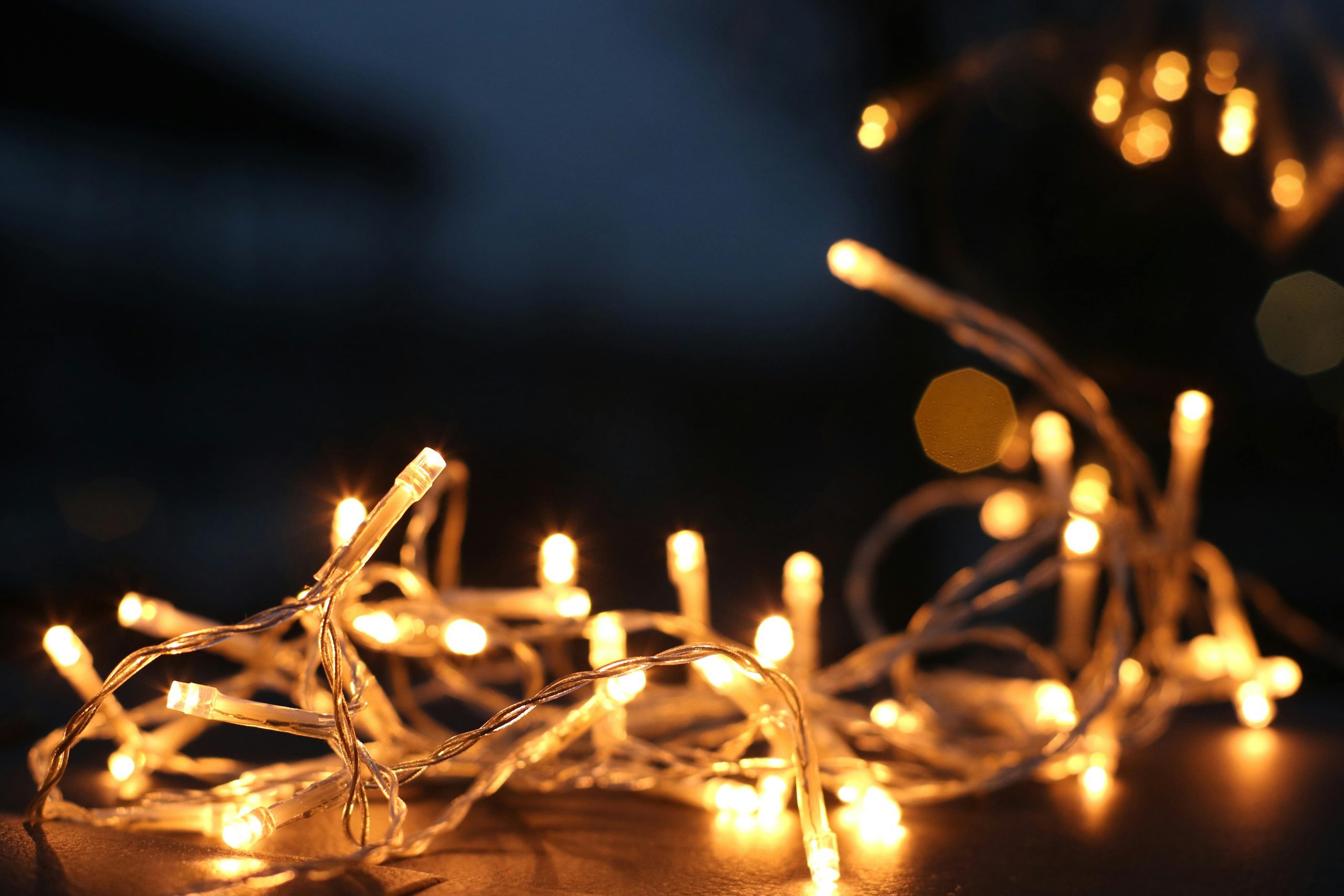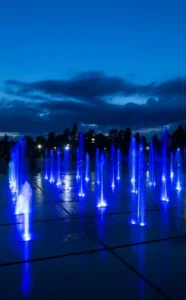- Product Knowledge
Bridge Road Lighting Design: Key Considerations and Best Practices

Lighting technology has transformed dramatically over the years, from the classic incandescent bulb to the innovative LED lighting solutions we see today. Understanding the efficiency differences between LED and incandescent lights is essential for making smart lighting decisions. This article delves into how LEDs excel in efficiency, even when wattage ratings appear similar.
Wattage vs. Lumens: What You Need to Know
Wattage represents the electrical power a light source consumes. Many people mistakenly believe that higher wattage means greater light output. However, the true measure of brightness is lumens, which indicates the amount of light produced. Thus, two bulbs with identical wattage can generate vastly different lumens, depending on the technology employed.
How LEDs and Incandescent Lights Function
LEDs: The Future of Lighting

LEDs, or Light Emitting Diodes, work on the principle of electroluminescence. In this process, electrons flow through a semiconductor, emitting light efficiently with minimal heat production. This makes LEDs highly effective at converting electrical energy into visible light.
Incandescent Lights: Traditional Yet Inefficient
Incandescent bulbs operate through incandescence, where electricity heats a filament until it glows, producing light. This method is notably inefficient, as a significant portion of energy is wasted as heat rather than converted into light.
Efficiency Comparison: LEDs vs. Incandescent Lights
Energy Consumption
LEDs consume significantly less power to generate equivalent brightness compared to incandescent bulbs. For example, a 10-watt LED can match the light output of a 60-watt incandescent bulb. This substantial difference in energy usage leads to lower electricity bills and a reduced environmental impact.
Heat Generation
Incandescent bulbs waste much of their energy as heat, making them inefficient and potentially hazardous. In contrast, LEDs generate minimal heat, enhancing their energy efficiency and prolonging their lifespan. This lower heat output also increases safety across various applications.
Environmental Impact
LEDs’ reduced energy consumption results in a smaller carbon footprint, making them a more eco-friendly option. Furthermore, their longevity means fewer bulbs end up in landfills, reducing waste. Many LEDs are also recyclable, and implementing safe disposal practices can further mitigate environmental harm.
Lifespan and Maintenance Costs
One of the standout features of LEDs is their longevity. They can last up to 25,000 hours or more, compared to the average 1,000-hour lifespan of incandescent bulbs. While LED bulbs may have a higher upfront cost, their extended lifespan and reduced energy consumption yield significant savings over time, minimizing the need for frequent replacements and maintenance.
Practical Applications and Considerations
LEDs are incredibly versatile, suitable for various settings ranging from homes to commercial and industrial spaces. When selecting LED lighting, it’s essential to consider factors such as color temperature and brightness to meet specific needs. Transitioning from incandescent to LED lighting is generally straightforward, with many LED options designed to fit existing fixtures seamlessly.
In summary, LEDs provide substantial advantages over incandescent lights in terms of energy efficiency, cost savings, and environmental benefits. Their capability to deliver more light with less power, reduced heat output, and longer lifespan positions them as the optimal choice for contemporary lighting needs. By making the switch to LED lighting, consumers can reap these benefits while contributing to a more sustainable future.



